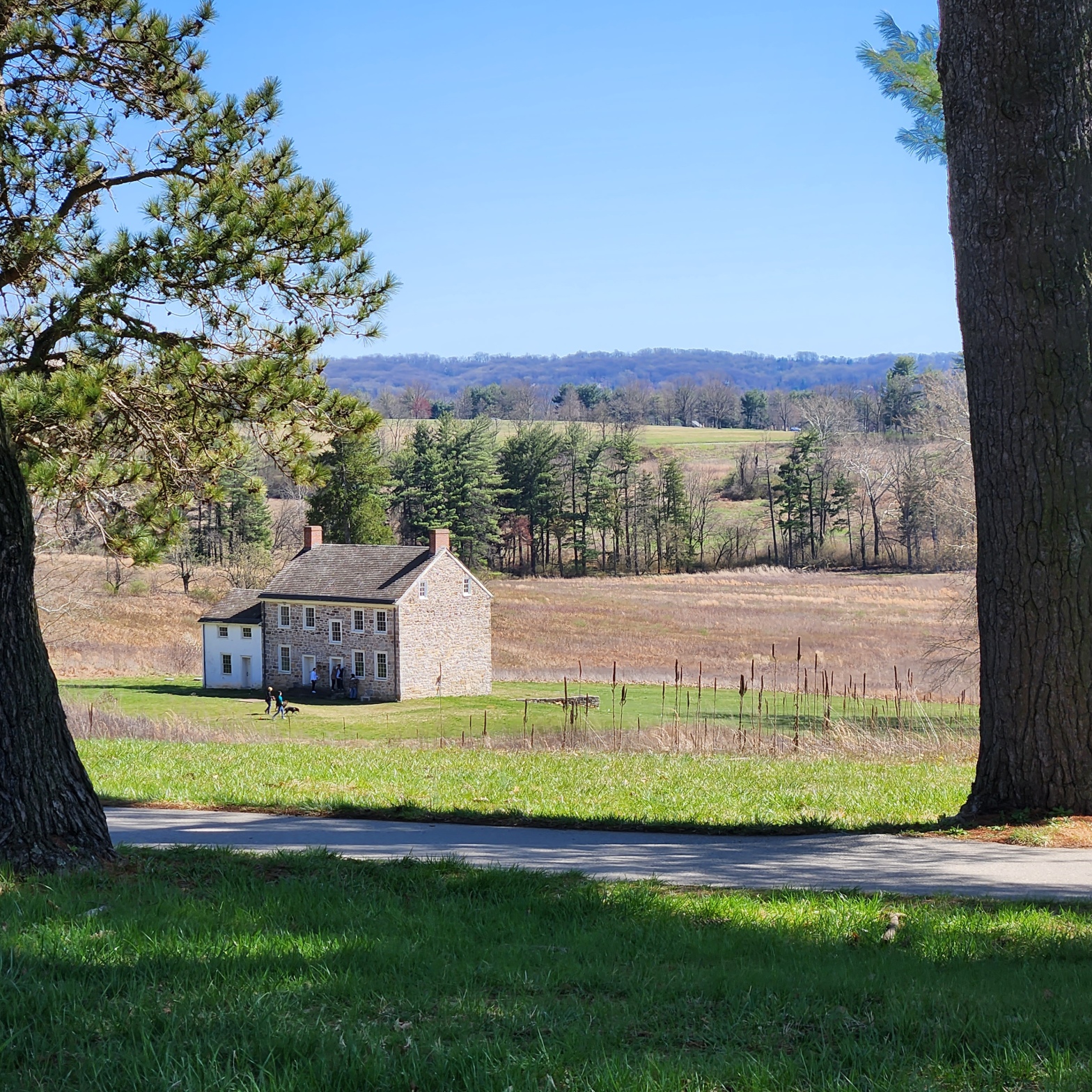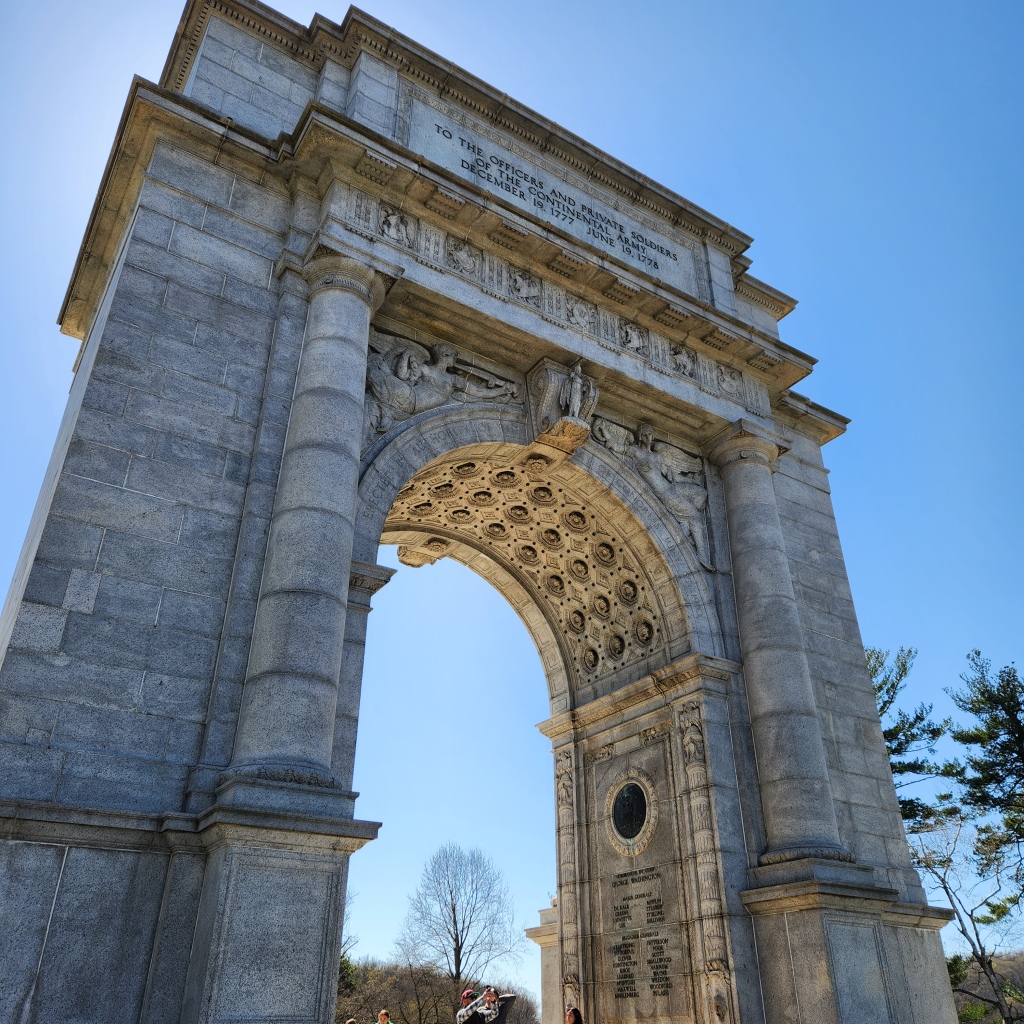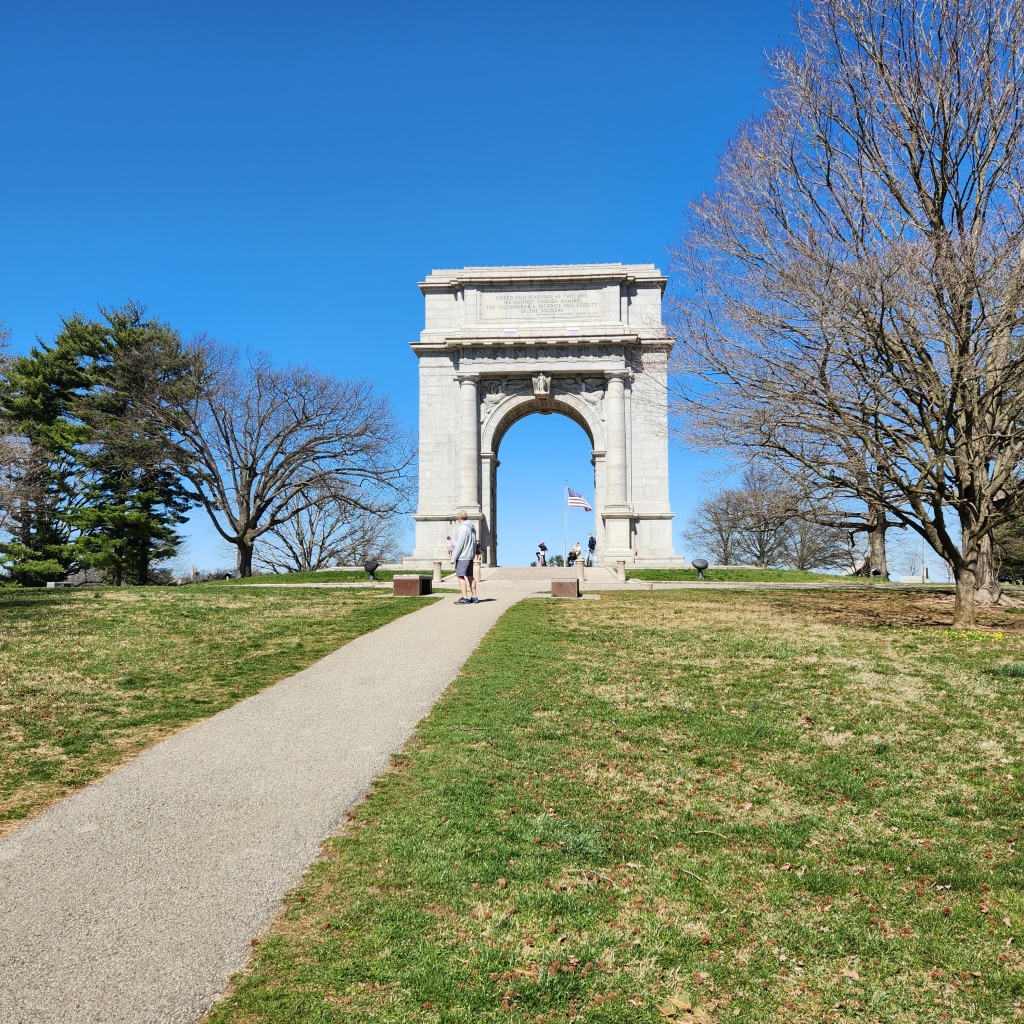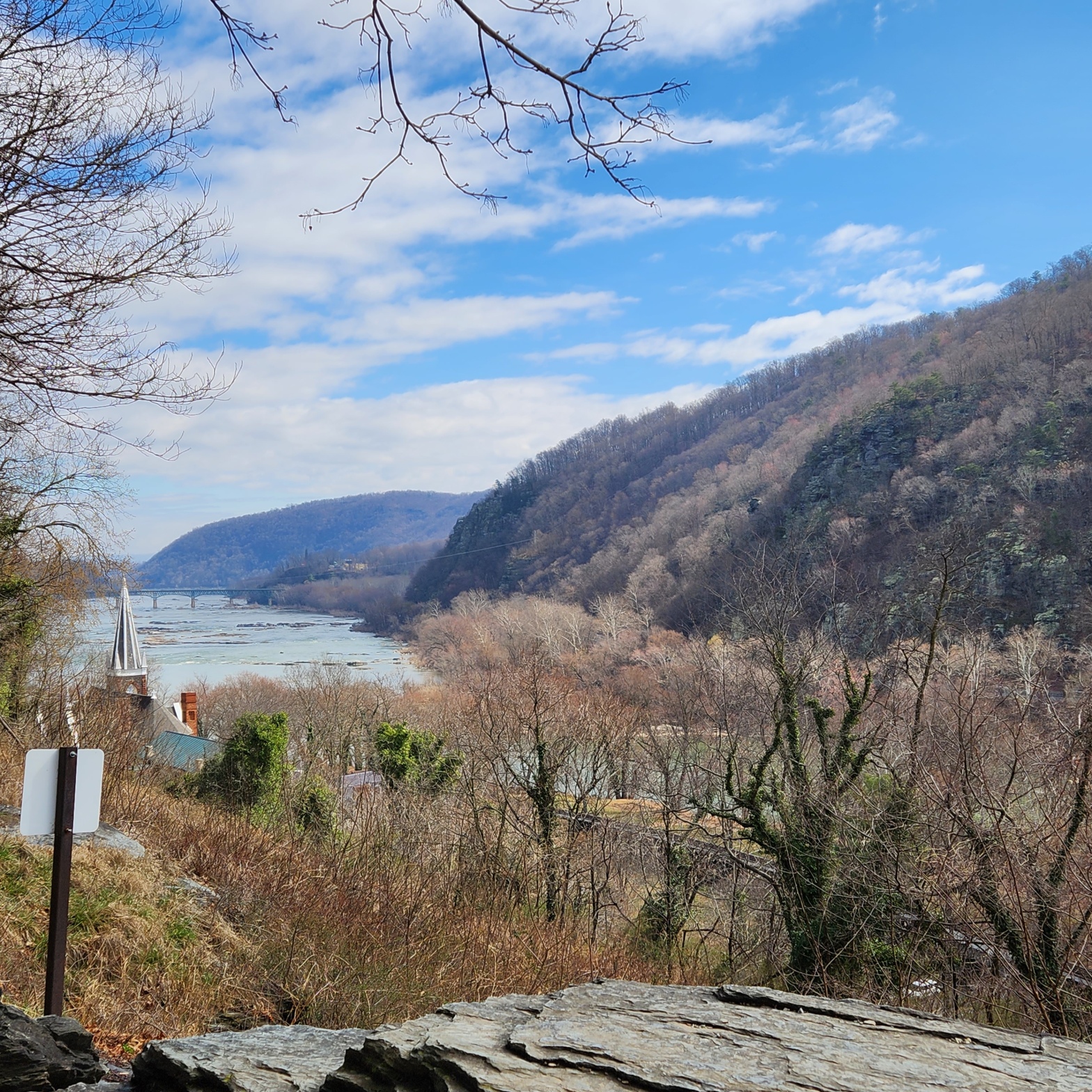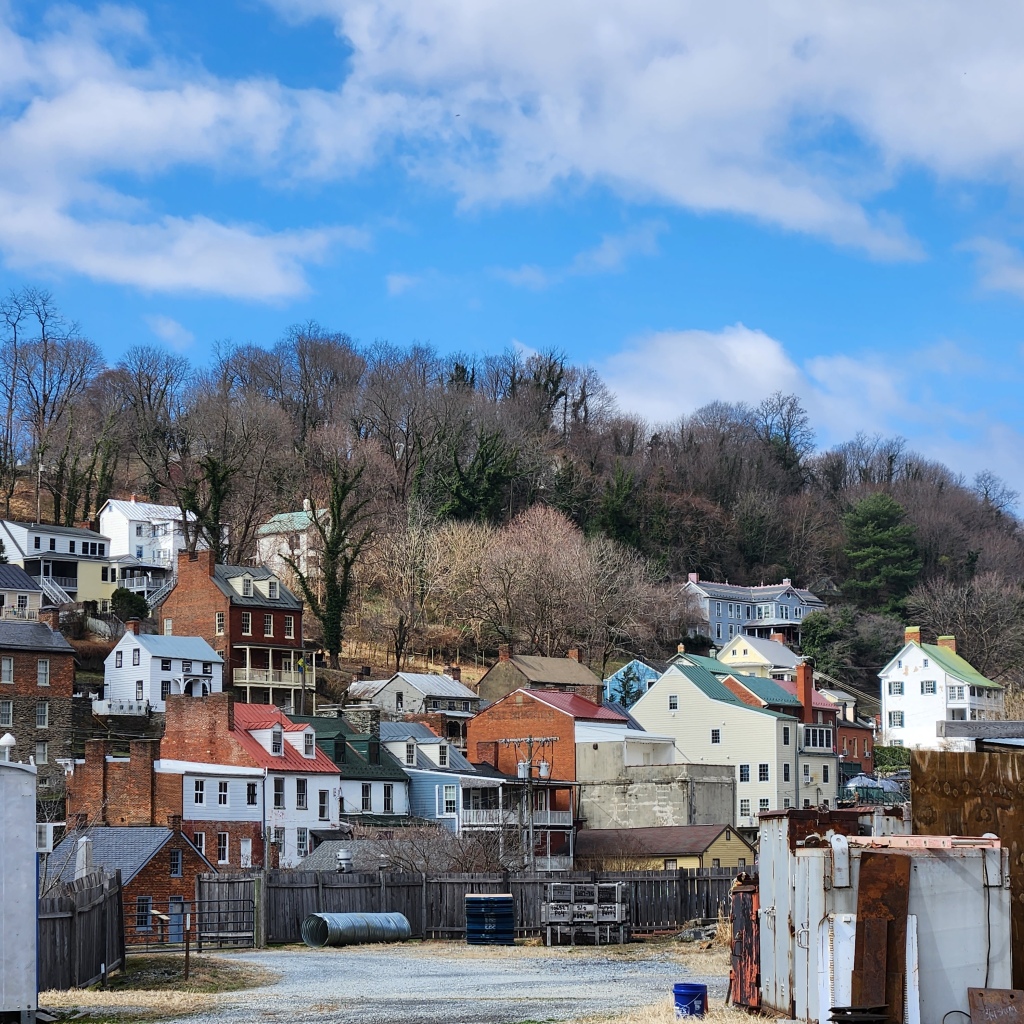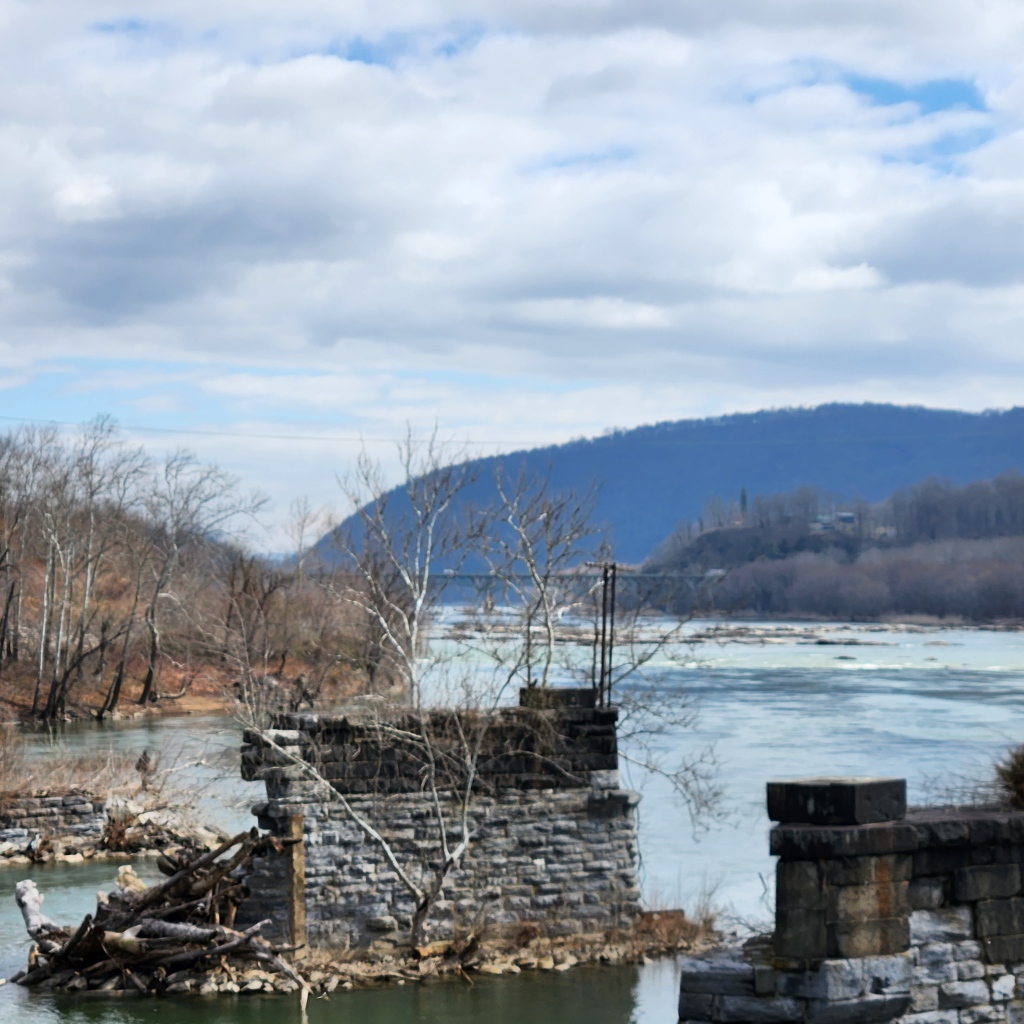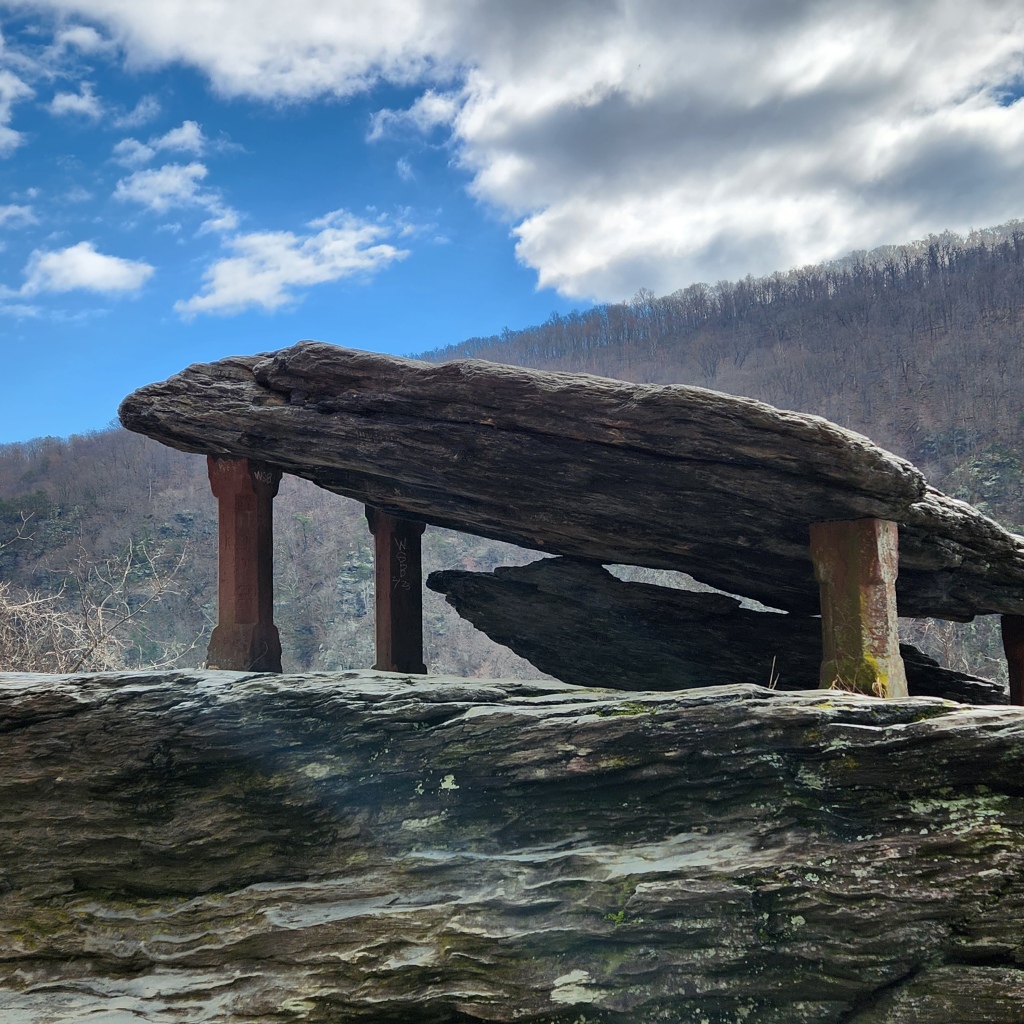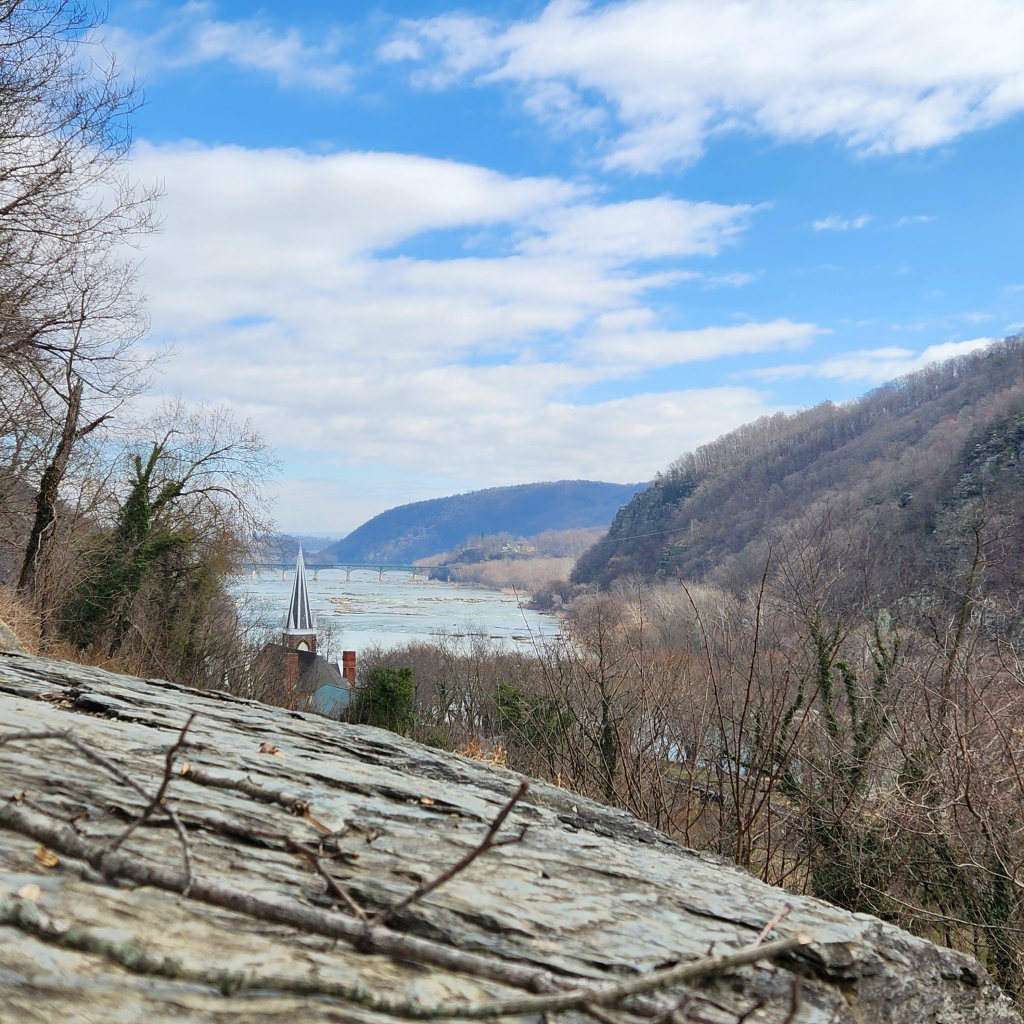The Mid Atlantic region is rife with interesting historical places, considering much of the start of Colonialism in the US took place here, as well as a lot of the Civil War. But the region is also full of natural beauty, and when those two things can be combined, it makes for a wonderful destination for most families. Here are a few of our favorite historical places that are also in beautiful natural settings in the Mid Atlantic Region.
Harpers Ferry National Historic Park in West Virginia
This historical town is right at the borders of West Virginia, Maryland and Virginia. There are lots of historical buildings including famous abolitionist John Brown’s fort, and Jefferson Rock, where Thomas Jefferson was said to have enjoyed the view. It also happens to host a portion of the Appalachian Trail, and affords beautiful sweeping mountain views of the confluence of two mighty rivers – the Potomac and the Shenandoah.


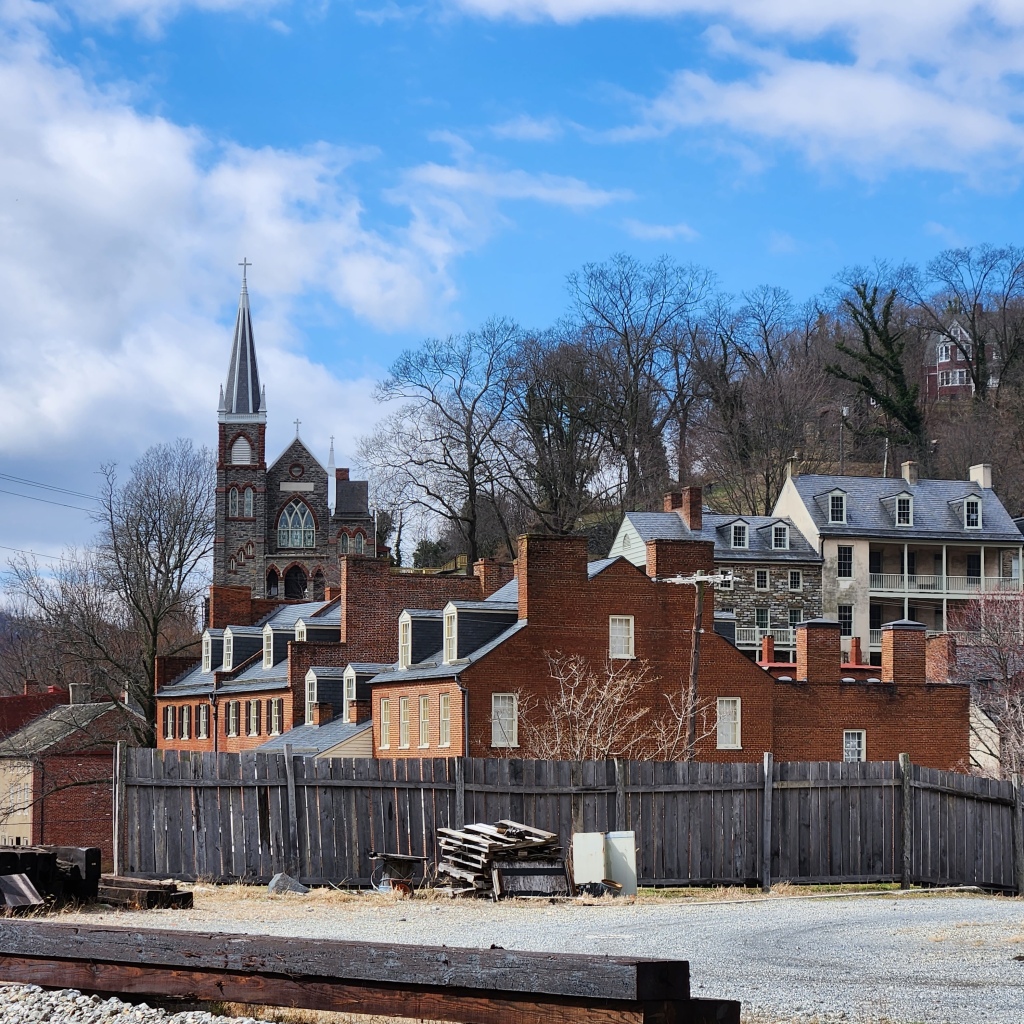

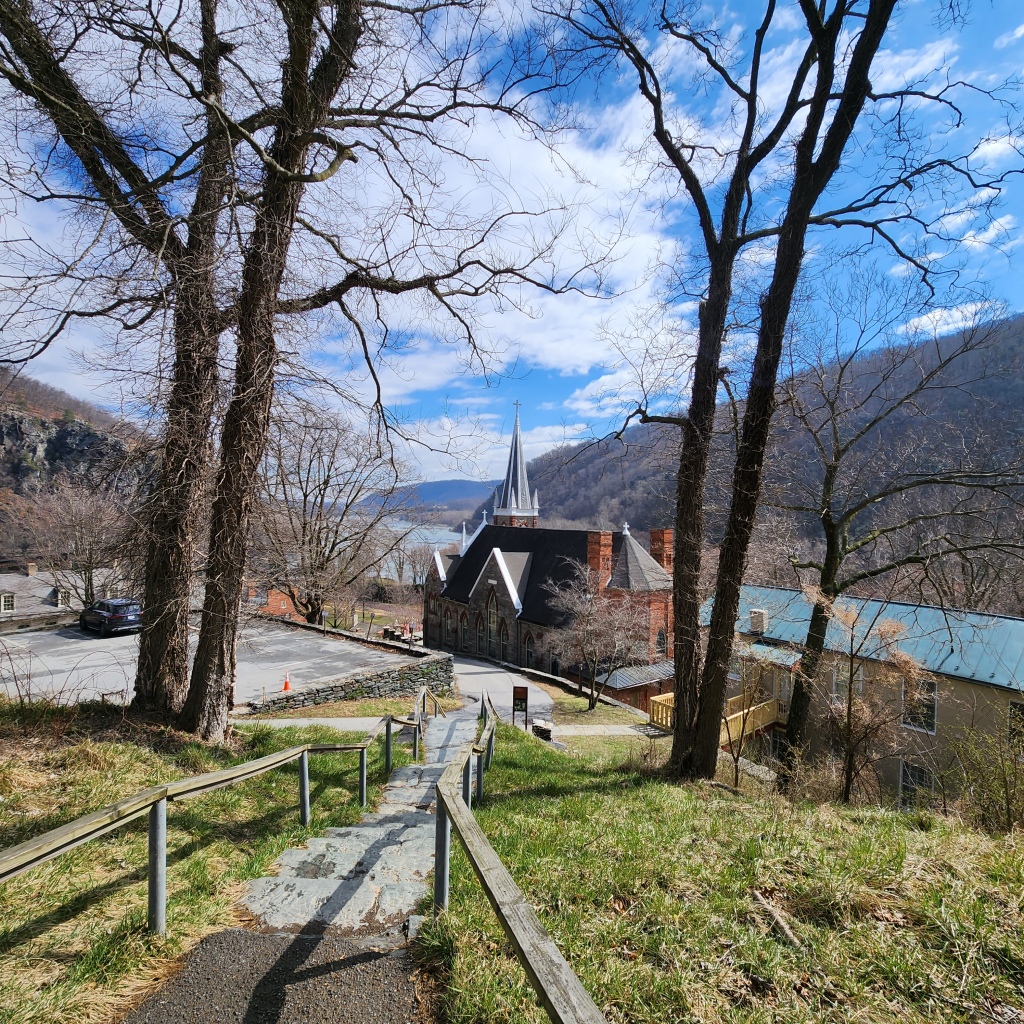
Pea Patch Island/Fort Delaware
Pea Patch Island/Fort Delaware is located in northern Delaware and is accessed via a fun ferry ride through the Delaware River, to the fort on the island which served as a Union prison during the Civil War. Now there are historic tours, often provided by people dressed in 19th century garb, and even demonstrations of how to set off a cannon (though they don’t actually set it off, of course.) It is also a well-known place for birders, and you can often see ospreys, herons, and bald eagles in season.

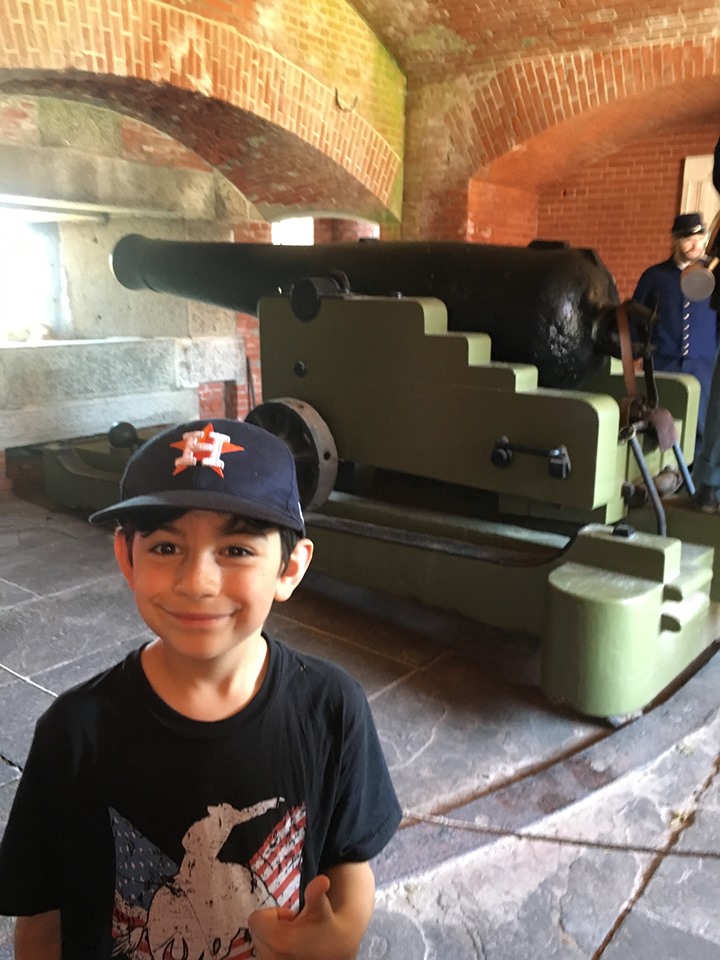

Valley Forge National Historic Park, PA
Set among gently rolling hills, meadows and woods, Valley Forge bosts preserved and restored buildings, cannons, redoubts, an excellent museum and beautiful statues and monuments, including the impressive National Arch, commemorating soldiers lost at Valley Forge. The park is entirely free.
Start at the Visitors Center/museum, which is also the museum to learn about colonial life and the struggles of the continental army in the 1770’s. From here you can follow signs in your car for the encampment tour, which will allow you to enter the soldiers barracks, monuments, headquarters, and cannons along the backdrop of peaceful meadows along the bank of the Schuylkill River.


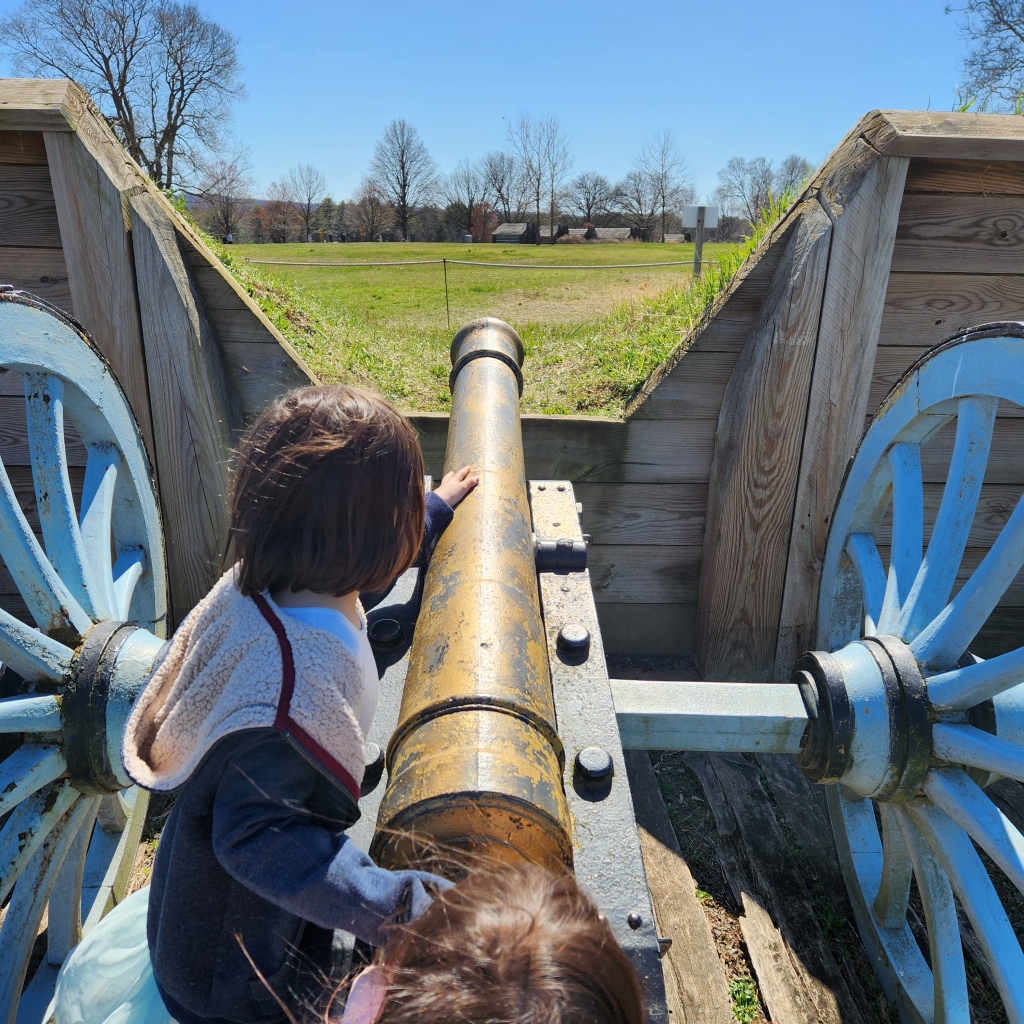
Hyde Park in the Hudson Valley, New York
Hyde Park is a small area where you can tour several historic buildings while enjoying resplendent views of the Hudson River from the spacious, esthetic grounds of the attractions. Springwood and the Museum and Library of FDR are one such attraction, which also includes gardens, stables, and the final resting place of the Roosevelts. Another is the Vanderbilt Estate, which you can tour for around $10 per person, or just visit the grounds which include an Italian Garden complete with fountains and benches to take in the view. Both can be visited in a day.
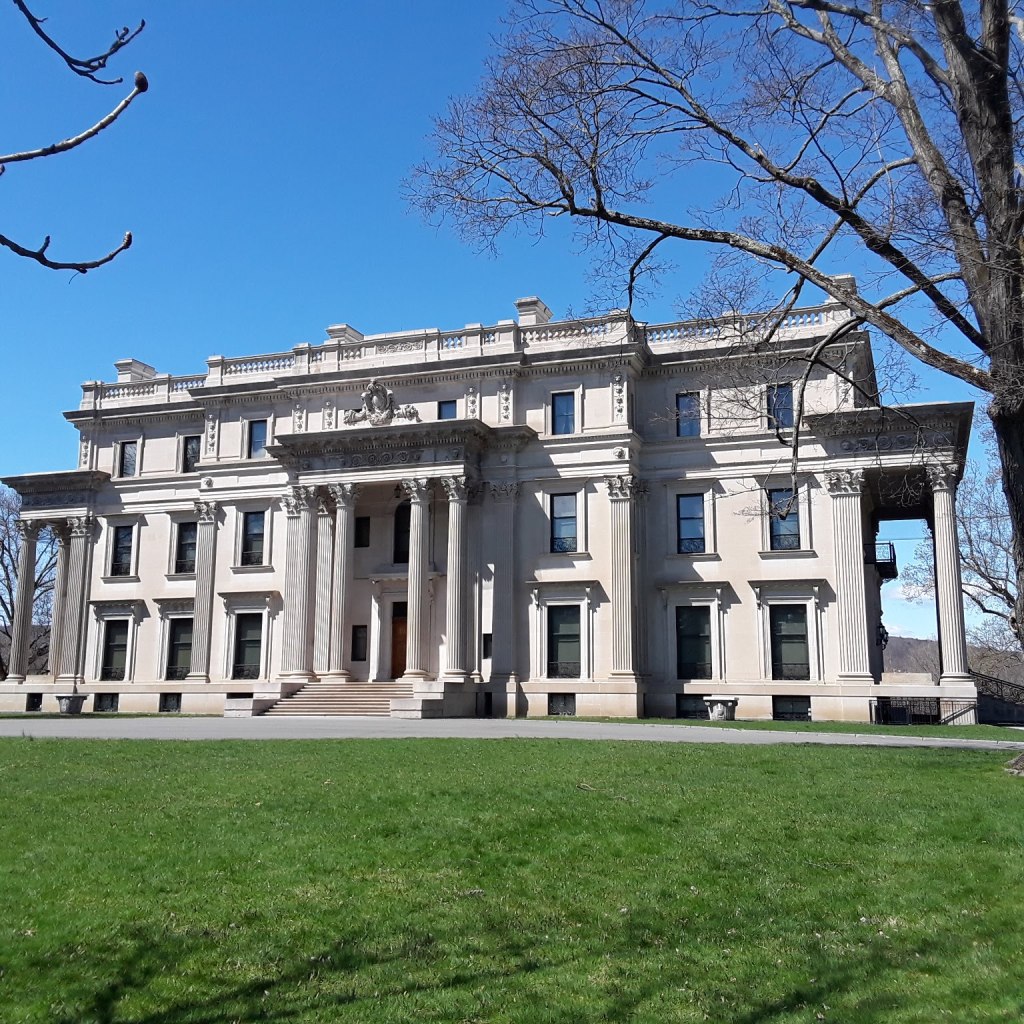


Washington Monument State Park, MD
This lovely park in Maryland hosts a peice of the Appalachian trail, along with a tower, originally built in as a monument to George Washington. You can find information around the base of the tower and a breathtaking view from the top. The trail from the parking lot is also very doable for young children, though a bit steep.
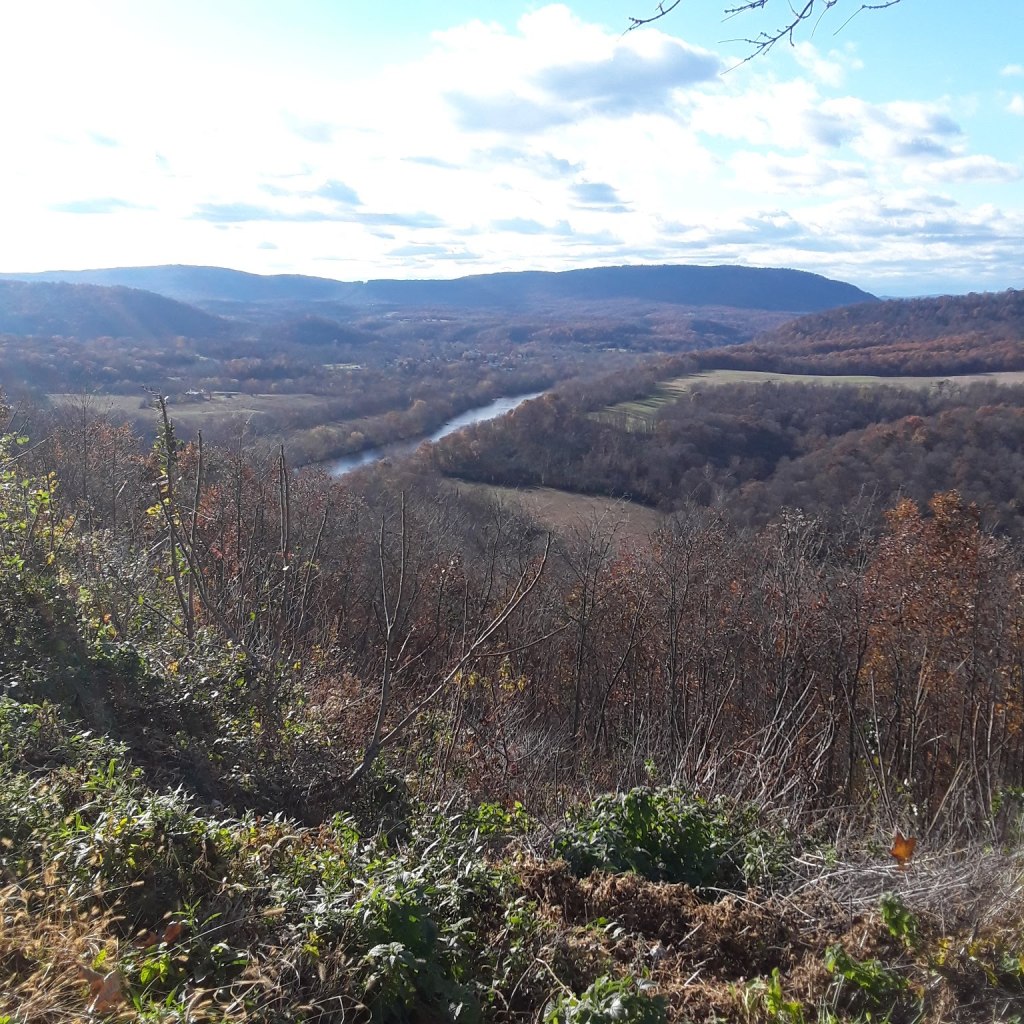
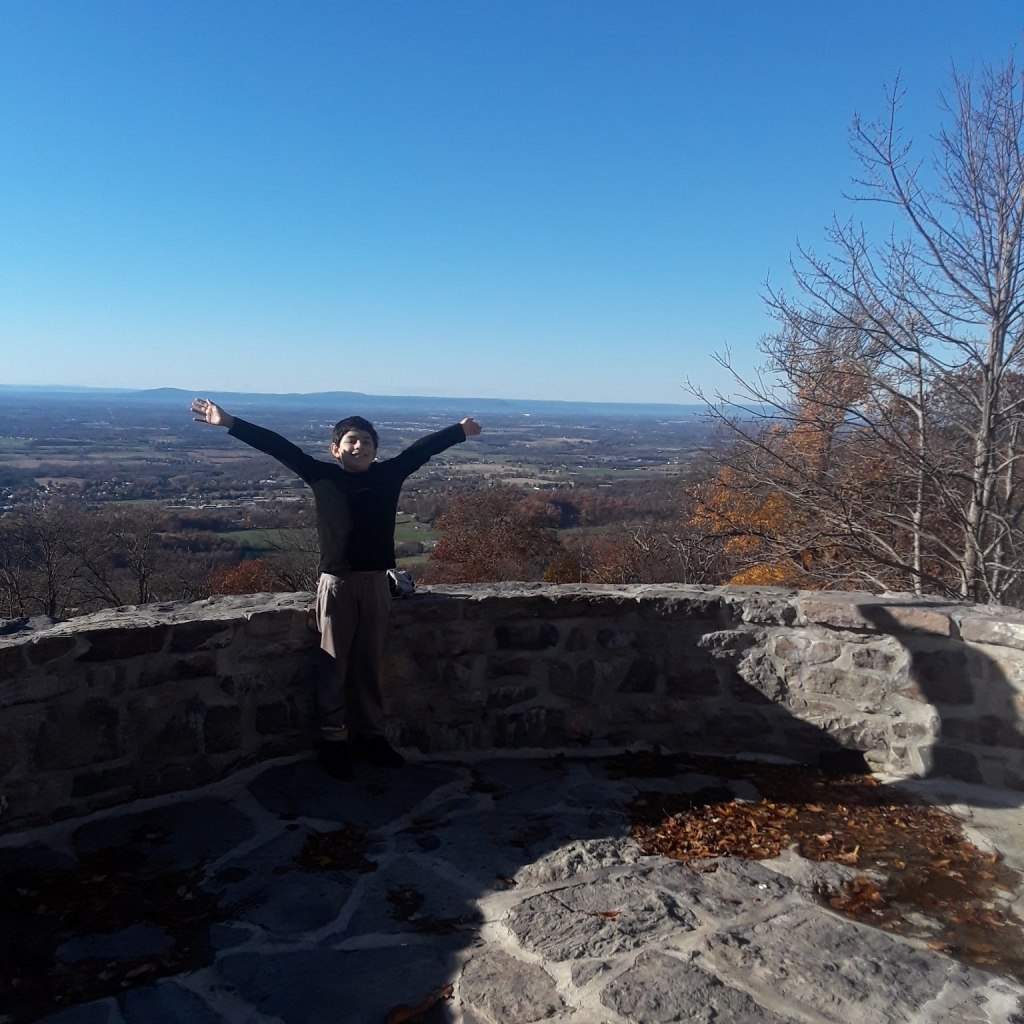
George Washington’s Mount Vernon in Virginia
There is a lot to see at George Washington’s Mount Vernon, between the Museum, the home, the farm (where you can find lambs in the springtime), the many outbuildings (the smokehouse, bathroom, stable, storage houses, etc.), and the somber place where our first president is buried. The house itself contains many artifacts of what life was like, as well as the style, and even the character of George Washington. Looking at the view from the back porch, overlooking the Potomac River, one can certainly understand why he chose to live there – a gorgeous view, spacious grounds and that pleasant, mild Virginia weather.




